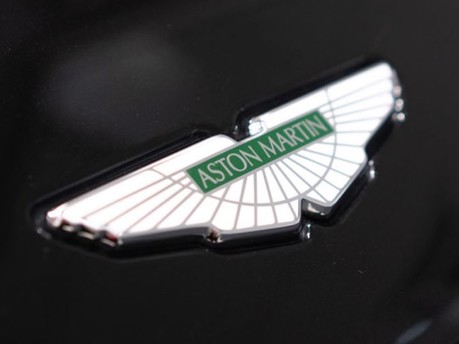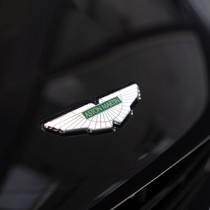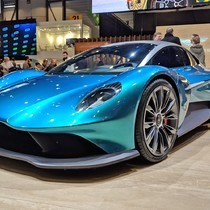
Aston Martin: The Resurgence of a Giant
Aston Martin. It's a name that's synonymous with British engineering excellence and effortless style. A name that has flanked iconic models for decades, Aston Martin is a mainstay of the performance car elite, however, over recent years it could be argued that this iconic brand has been left standing in the wake of its Italian counterparts.
Founded in London back 1913 Aston Martin is has been existence for over a century and throughout that time has passed through the hands of several different owners. From a small privately owned company to one that sits as a public limited company on the London Stock Exchange, Aston’s story is one of survival and a dramatic turnaround.
Throughout a troubled history, the marque has gone bust no less than seven times, however, throughout all of these trials, Aston has been able to stand firm and remain trading in the wake of buyouts and management takeovers which crisscross through the marque's history.
Until recently Aston Martin has been in a steady decline. With European competitors gaining an ever increasing market share, thanks to the likes of Ferrari’s 458, Lamborghinis Huracan and Aventador proving to be highly popular, Aston was being outstripped in the sales stakes. Throw into the mix the arrival of McLaren and you had a car maker that was up against it.
Over recent years the marques core product portfolio consisted of the DB7, DB9, V8 Vantage and Vanquish, the former of which arrived whilst the company was under Ford Motor Company ownership in the mid-1990s.
In March 2007 an investment group led by Prodrive chairman David Richards acquired Aston Martin for £475 million. Despite a convincing recipe which included the highly acclaimed expertise of engineering firm Prodrive, the new ownership was to ultimately prove ineffective as the world was left reeling in the wake of a global financial crisis and recession. Faced with a heavily scarred order book, it was announced in 2008 that Aston would be cutting staff numbers significantly.
Whilst there had been sparks of recovery under the Prodrive arrangement, for example, the launch of new models and investment at the makers manufacturing plants both at home and abroad, it wasn’t long until Aston Martin’s future was under threat once again.
It’s at this point that Aston Martin was about to reach a positive crossroads as the group was taken over by an Italian private equity fund in 2012. Fast forward to 2014 and in arrived Andy Palmer.
Ex Nissan executive, Palmer joined the firm as CEO and with him came an influx of new models. In arrived the one-off Aston Martin Vulcan, a track only car set on outright performance, the Aston SUV concept and an all-new Aston Martin Vantage and DB11.
However, it was behind the scenes where Aston Martin was starting to make waves. A title sponsorship agreement with multiple Championship-winning Formula One team Red Bull Racing opened up valuable doors for technical collaboration and ushered in the input of highly acclaimed Motorsport designer Adrian Newey from Red Bull.
In the midst of this dramatic swing in fortunes, the brand floated on the London Stock Exchange, valued at five billion pounds. A dramatic turn around for a chronic loss-making company just a few short years earlier.
Away from the financial markets, the first project of the Red Bull collaboration was to be the, currently in development, Aston Martin Valkyrie. Set to become Aston Martins first dedicated hyper-car, the Valkyrie is pitched at taking on the likes of Mercedes AMG One and McLarens critically acclaimed Senna. Featuring an all new and bespoke powertrain, designed jointly with Cosworth, the Valkyrie is designed to be every part the race car for the road via extensive aerodynamic development.
On the ground, at this year’s Geneva Motor Show it’s clear that the future is looking bright for this illustrious manufacturer as a plethora of new models come to the fore. This includes an all-new Vanquish and the concept Project-003. Both of these new models will be highly performance focused and lean on extensive aerodynamic performance and for the first time, will be mid-engined. A major part of this project will see Aston develop their own V6 engine in-house and will position themselves directly against Ferrari’s new F8 Tributo and Lamborgini’s Huracan Evo.
Under the stewardship of Andy Palmer, Aston Martin is in the midst of a remarkable turnaround. With the prospect of new hypercars and an SUV to be added to the ranks, the future certainly looks encouraging for this emotive and iconic brand.



